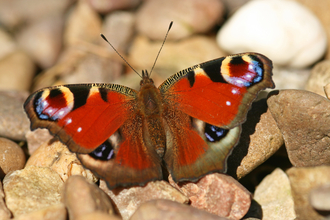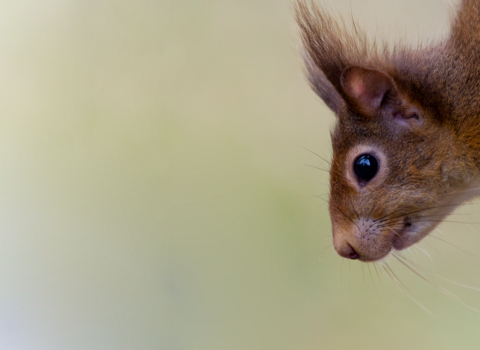Small Tortoiseshell ©Scott Petrek
Small tortoiseshell
The pretty small tortoiseshell is a familiar garden visitor that can be seen feeding on flowers all year-round during warm spells. Overwintering adults may find resting spots in sheds, garages or even houses.
Scientific name
Aglais urticaeWhen to see
January to DecemberSpecies information
Category
Statistics
Wingspan: 4.5-6.2cmConservation status
Common.
About
The small tortoiseshell is a medium-sized, pretty butterfly that is common in gardens where it feeds on buddleia and other flowers. It is on the wing throughout the year, having two or three broods and overwintering as an adult. The caterpillars feed on common nettle.Male small tortoiseshells are very territorial, chasing each other, other butterflies and anything else that appears in their space. They court females by 'drumming' their antennae on the females' hindwings.


